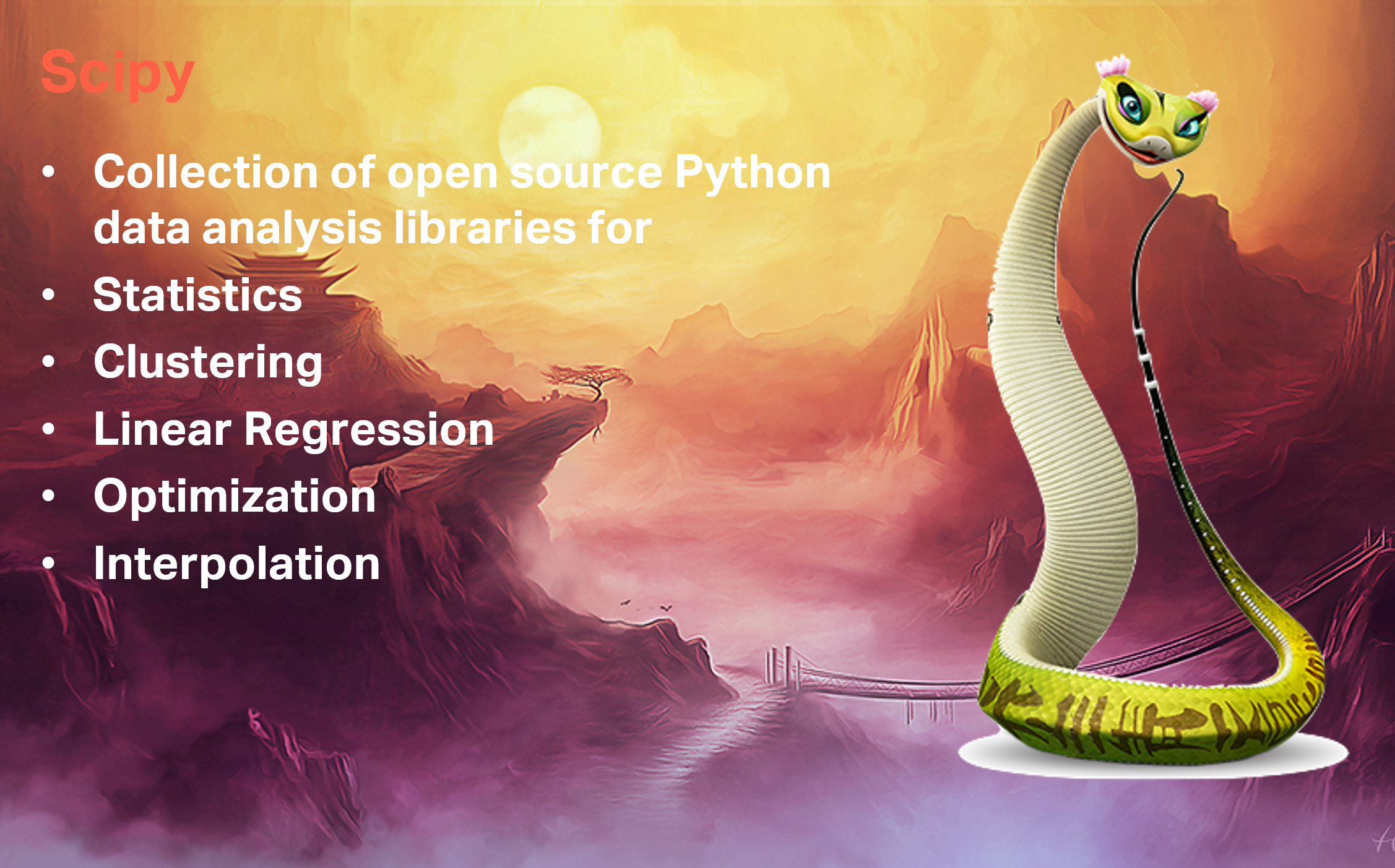-
Using hierarchies for PickLists
PickLists, a quick recap. As we know PickLists in Planning Analytics can be defined in 3 ways: as static lists using the form static::item1:item2:item3 based on dimensions using the form dimension:dimName based on subsets using the form subset:dimName:subName PickLists can be defined either via naming a dimension attribute “PickList” and defining a string value for…
-
The (increased) importance of attributes in Planning Analytics
The importance of attributes in PA Attributes have always been very useful when developing a TM1 model but until now have never been an essential component of development. With Planning Analytics this changes. This is a forgotten or little known point that all TM1 developers should be aware of and is relevant for anyone with…
-
Upgrade from TM1 10.x to Planning Analytics
Upgrade TM1 to Planning Analytics Planning Analytics (PA) is the next step to provide a complete planning solution on the powerful, multi-dimensional technology of TM1. With PA available in the cloud and on-premise, including various new front ends – the upgrade could seem daunting. Make use of the above roadmap to find the most suitable…
-
Classification and Regression with Scikit-Learn and TM1
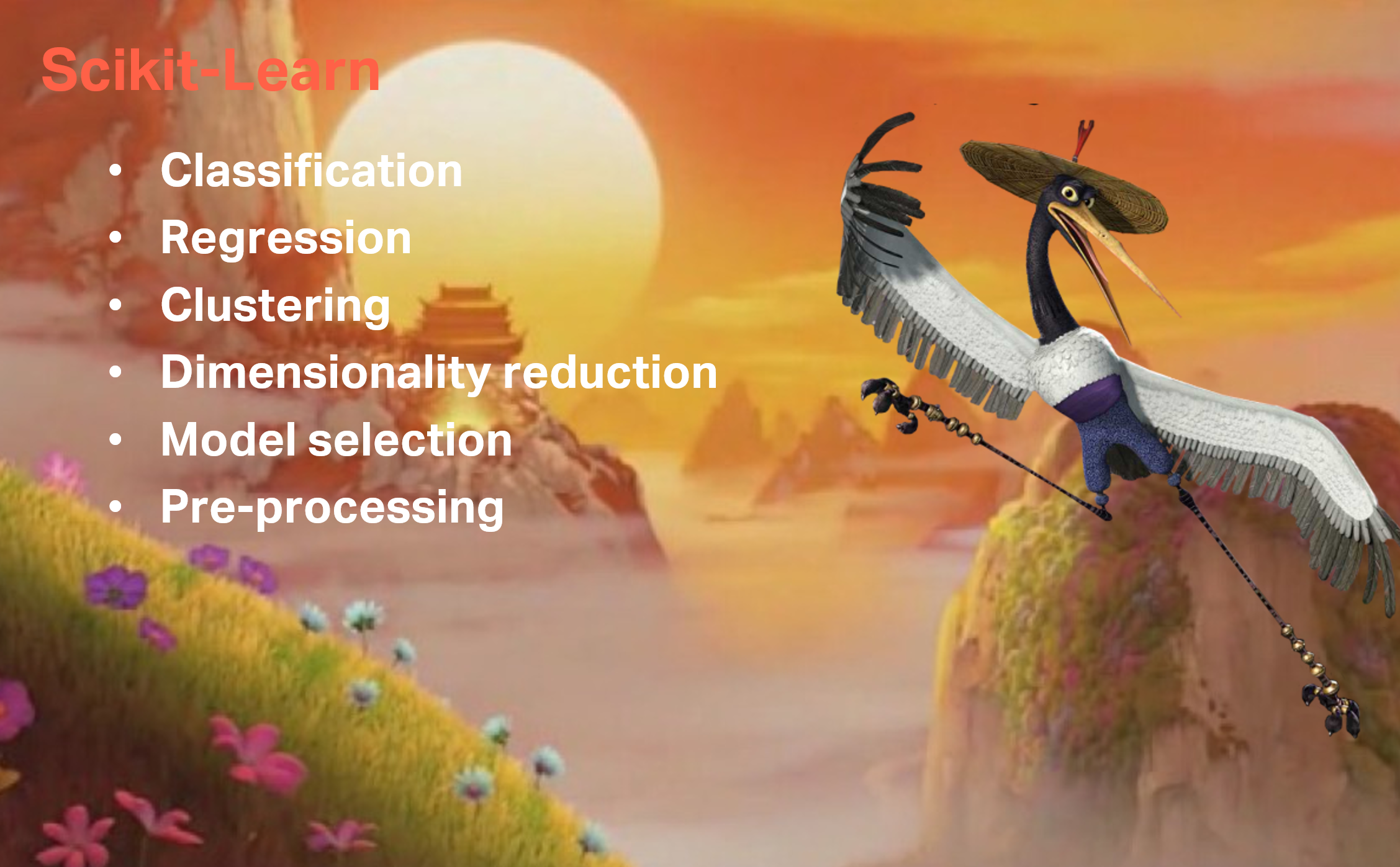
A very good example has been done by one of our colleague Nicholas Renotte, you can find all the step through in this blog post:
-
Canvas 3 Released
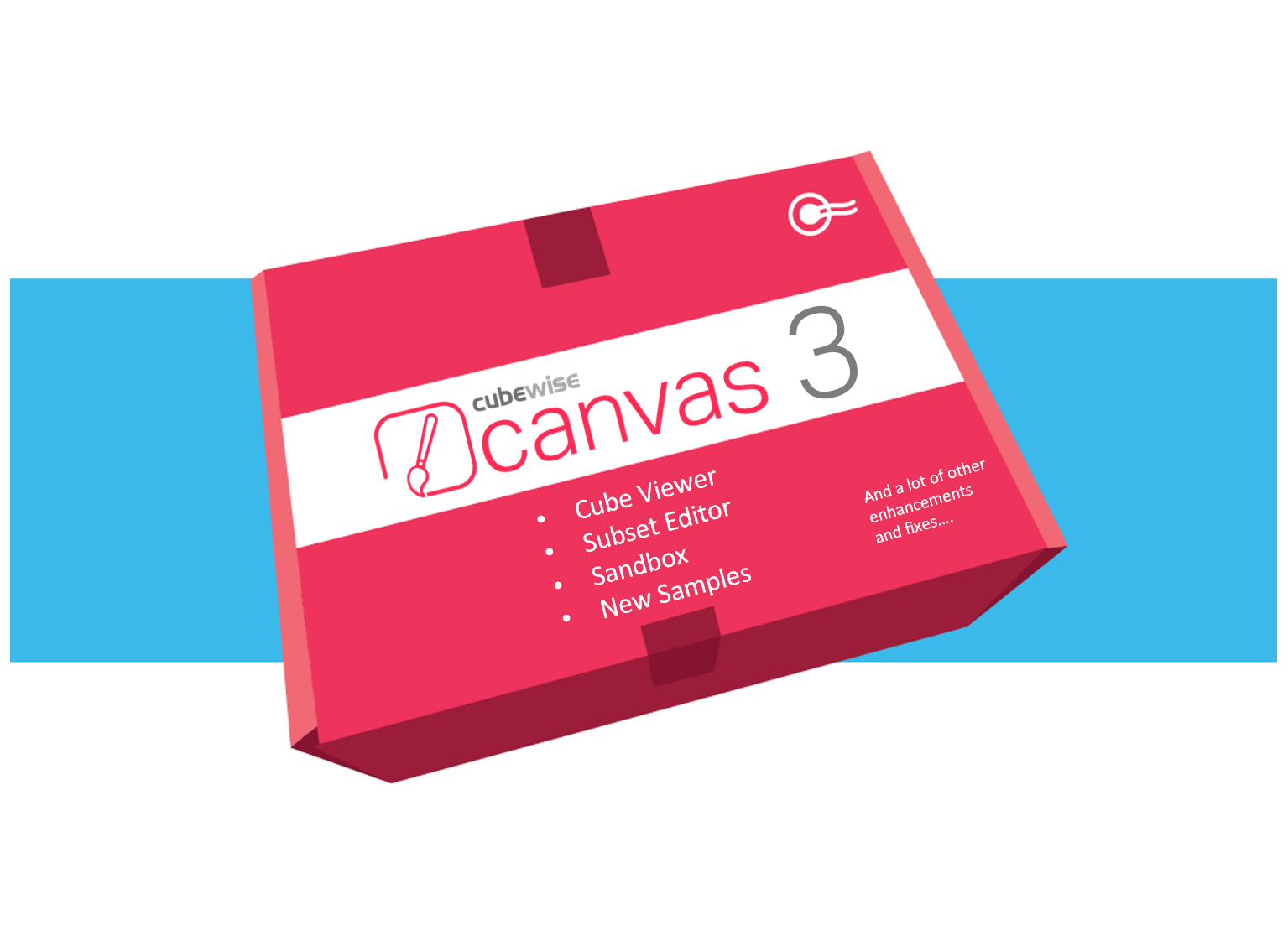
Canvas 2 was already a big step forward by making Canvas way faster and bringing a lot of new features such as reports bursting. Thanks to feedback from all our customers, this new version brings Canvas much further by adding two desired components – a whole new Cube Viewer and Subset Editor.
-
Using the Canvas subset editor
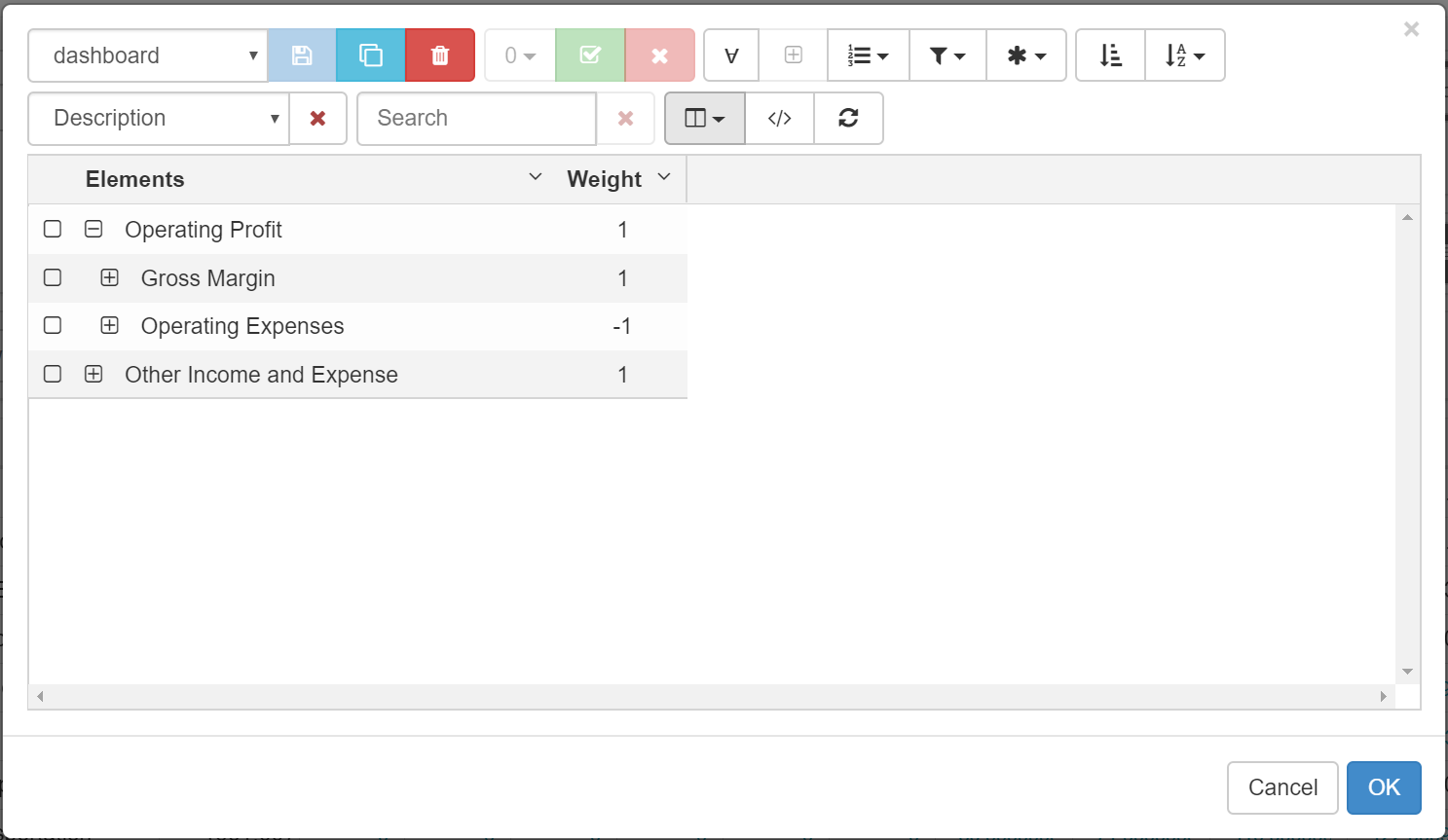
Like the cube viewer, the Canvas subset editor (introduced in v3.0.1), is built to generate MDX set expressions. Most of the functionality should be familiar to what you have experienced in Architect or Perspectives: all elements, filtering, ordering, etc.
-
Using the Canvas cube viewer
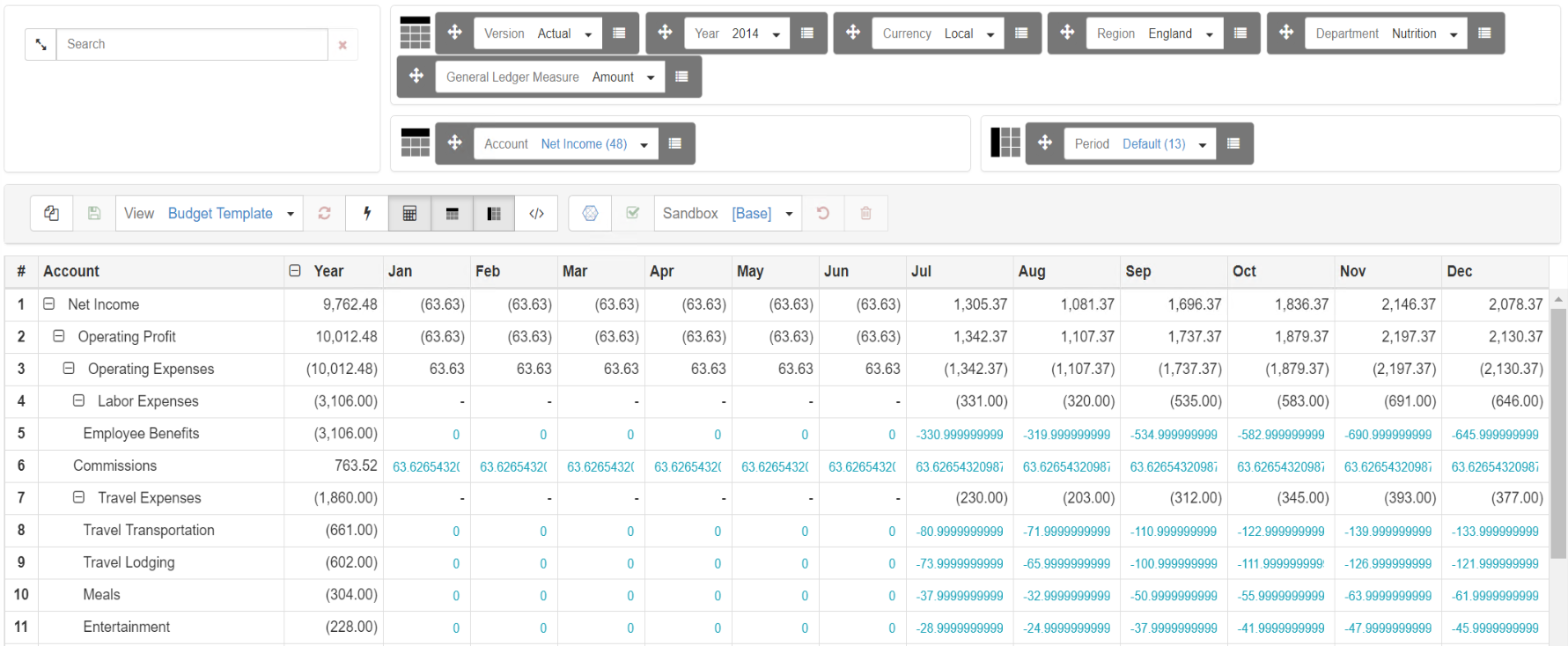
Canvas v3.0.1 introduces a new cube viewer to explore your cubes. The new cube viewer supports both native and MDX views.



